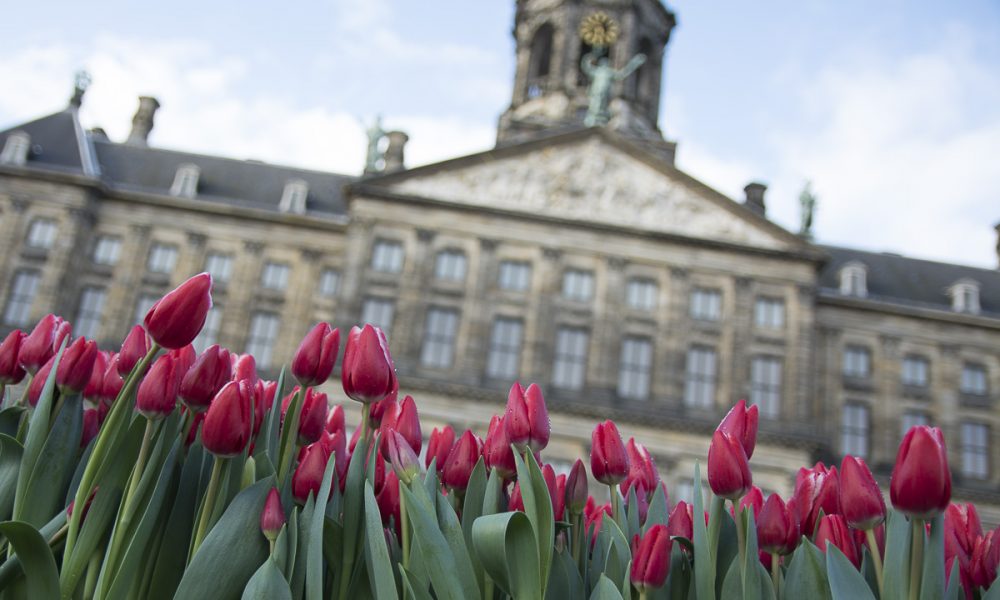1. St. Mark’s Campanile: The original tower was constructed in the 9th century and served as a lighthouse for the dock. In 1902 the tower collapsed days after a large crack was first noticed on the north wall. City officials decided to rebuild the tower exactly how it was with additional support. Construction of the present tower finished in 1912.
2. St. Marks Basilica: The earliest form of the church was ordered in 828 by the Doge of Venice to house the relics of St. Mark the Evangelist following their theft from Alexandria by Venetian merchants. The current form of the basilica was completed in the 13th century. In 1807 by order of Napoleon. St. Mark’s became the cathedral for Venice. The Cathedral is one of the best known examples of Italo-Byzantine architecture
3. Molino Stucky: The building was first built in 1895, making it a very new structure by Venetian standards. The mill was used for various functions including making pasta until 1955 when the mill closed due to labor disputes. In the mid-2000s Hilton agreed to terms to convert the neo-gothic structure into a 379 room hotel.
4. Palazzo Ducale: The Ducal Palace was finished in its current form in the 15th century and served as the seat of power for the Venetian government. The structure is famous for its Venetian Gothic architecture and it incorporates elements of Byzantine, Ottoman and northern European design.
5. Bridge of Sighs: The enclosed bridge passes over the Rio di Palazzo and connects the Venetian Prison to the interrogation rooms in the Doge’s Palace. The bridge gets its name from English poet Lord Byron who wrote that prisoners would sigh going across the bridge as they caught their last glimpse of Venice through the barred windows.
6. Campo San Bartolomeo: This lively field is just steps from the Rialto bridge and is a very active and popular social and commercial center in Venice. In the center of the field stands a statue of famous Venetian playwright Carlo Goldoni.
7. Piazza San Marco: This area, also called St. Mark’s Square serves as the principal public space in Venice and was the location of important state functions and ceremonies. The eastern end of the Piazza is dominated by St. Mark’s Basilica and bell tower. It’s alleged that Napoleon called the Piazza San Marco “the drawing
room of Europe.”



Comments are closed.